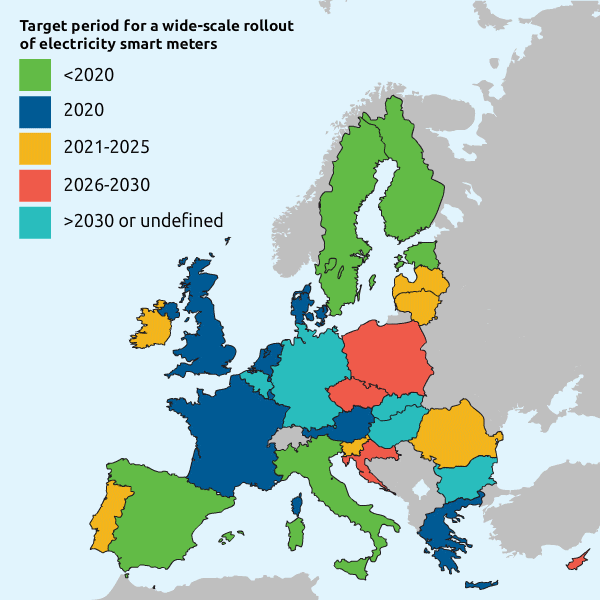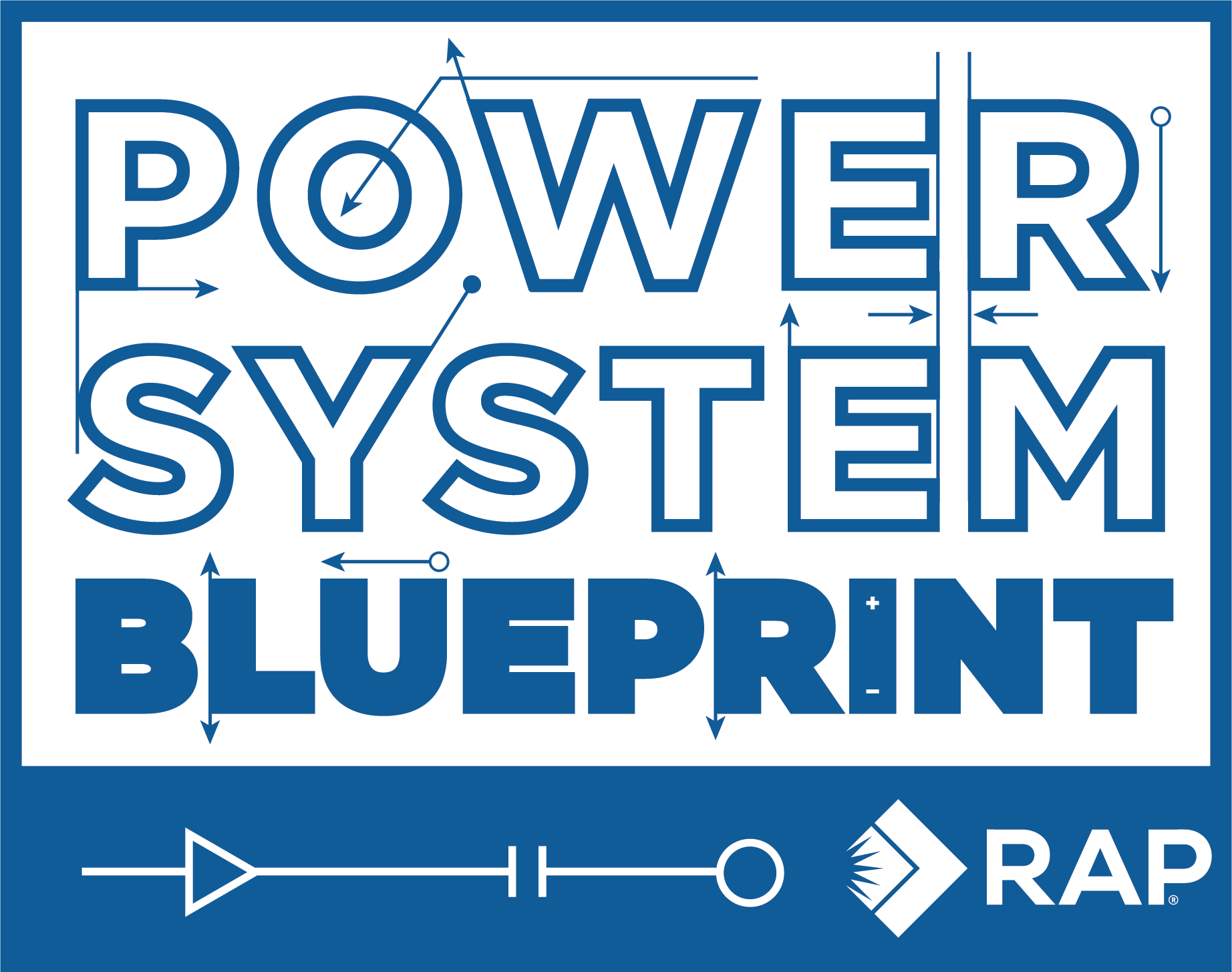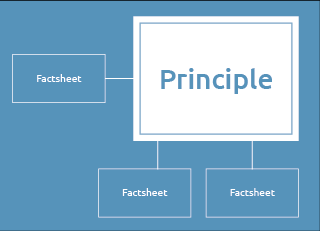SUMMARY
Markets alone will not be able to deliver the energy transition in time. Achieving power system decarbonisation by 2035 requires the deployment of certain infrastructure elements to be scaled up at speed. Most prominently the speeding up of:
- Energy efficiency improvements
- Electric vehicle charging infrastructure development
- Smart metersmart meter Smart meters provide electricity customers and their suppliers with accurate, near real-time information on consumption and/or generation that allows for managing their consumeption better and engaging in demand-side flexibility. It allows DSOs to have better visibility of their networks. rollout and digitalisation
WHAT
Scaling up key elements of the transition
HOW
Target complementary policies
WHO
Member State governments, EU (funding)
WHEN
Immediately
Energy efficiency
Energy efficiency is most often the cheapest decarbonisation option, with many no-regret options available for consumers. Implementation, however, has proved to be disappointingly slow due to a host of market and nonmarket barriers. In particular, benefits are often not necessarily limited to the participants of EE programs, and some of them are hard to monetise and hence factor into investment decisions such as health impact or indoor comfort. Investing in energy efficiency is a key solution for alleviating energy poverty and protecting vulnerable consumers from high energy bills and enabling decarbonisation.
In particular, building and appliance efficiency is not improving fast enough. Building standardsbuilding standards Mandatory rules on the design and construction of residential and commercial buildings. A subset of these standards (energy performance standards) target the energy use of the building. and appliance standards are critical for supporting timely heat decarbonisation to avoid lock-in of new fossil-fuel-based systems and to drive energy efficiency and demand response capabilities. Minimum energy performance standardsMinimum energy performance standards Minimum energy performance standards are regulated standards that existing buildings must meet at a designated point in the future or at a natural trigger point in the building lifecycle, like sale or renovation., for example, can complement and support the effectiveness of the existing EU policy framework by guaranteeing a minimum level of renovation, by directing building owners towards funding and support tools and by driving legislators to align these tools with long-term climate objectives. Appliance standards have been pivotal in holding back energy demand. They rule out specific products from being sold to consumers and will continue to be a critical tool for the phaseout of the most inefficient systems. Standards can be used for deploying automated appliances enabling demand response and grid-supporting services.
EV charging infrastructure
EV costs are falling, and the electricity mix is increasingly carbon-free in Europe. These trends make EVs the backbone of transport decarbonisation. An important element for rapid EV adoption is an adequate charging infrastructure to address range anxiety and anticipated congestioncongestion Whenever a particular element on the transmission or distribution network reaches its limit and cannot carry any more electricity. Also a situation where trade between two bidding zones cannot be fully accommodated because it would significantly affect the physical flows on network elements that cannot accommodate those flows. at charging stations away from the household premises. Government support for charging infrastructure development in the initial phase of EV market development is therefore needed for quick decarbonisation of transport, especially in locations where the business case of its operation is weaker. Public support, however, needs to be allocated through competitive processes, bearing in mind the need to develop a minimum infrastructure coverage and align with the hosting capacity of the low-voltage (LV) grid.
Smart meters and digitalisation
Making demand responsive requires investment in communication and energy management tools and in smart meters. Smart meters empower customers to manage their consumption better, to benefit from demand response programmes and other distributed energy resource (DER) activities and, ultimately, to lower their electricity bills, at the same time lowering system costs. Smart metering systems also allow distribution system operators (DSOs) to have better visibility of their networks and, as a consequence, to reduce their operation and maintenance costs and to pass those savings on to consumers in the form of lower distribution tariffs. Speedup of smart meter deployment by supporting the instalment at consumers with large flexible load but also low-income households and the retrofit of electricity consuming equipment capable of providing flexibility with communication hardware will enable to unlock this potential. To unlock responsive demand, two things must happen: Supporting the installation of meters at households and businesses with large flexible loads and also at low-income households and retrofitting electricity-consuming equipment with communication hardware that can provide flexibility.
Digitalisation is vital for breaking down boundaries between energy sectors and enabling integration across entire systems. In the power sector, digitalisation blurs the line between generation and consumption and is key to enabling many complementary and interlinked policies, such as demand response, the integration of accelerated variable renewable energy sources and smart EV charging. Demand response, for example, will be critical for providing the flexibility needed to integrate more generation from variable renewables.
Key Recommendations
- Provide incentives and financial support for energy efficiency investment, prioritising low-income and vulnerable households, by scaling up available financial resources including ETS revenues.
- Utilize standards as a main tool for new buildings and appliances.
- Provide a kick-start support for EV-charging infrastructure through a competitive process and in cooperation with DSOs to align location with network hosting capacity.
- Initiate smart meters programmes to speed up deployment.
Overview of target period for a wide-scale rollout of electricity smart meters with at least 80% of all consumers for each Member State.

References and Further Reading
- Hildermeier, J. (2020). Building a market for EV charging infrastructure: A clear path for policymakers and planners. Regulatory Assistance Project.
- Rosenow, J., & Lowes, R. (2020). Heating without the hot air: Principles for smart heat electrification. Regulatory Assistance Project.
- Yule-Bennett, S. & Sunderland, L. (2022). The joy of flex: Embracing household demand-side flexibility as a power system resource for Europe. Regulatory Assistance Project.
- Published:
- Last modified: August 13, 2024

 Quick guide on how to use this website:
Quick guide on how to use this website: